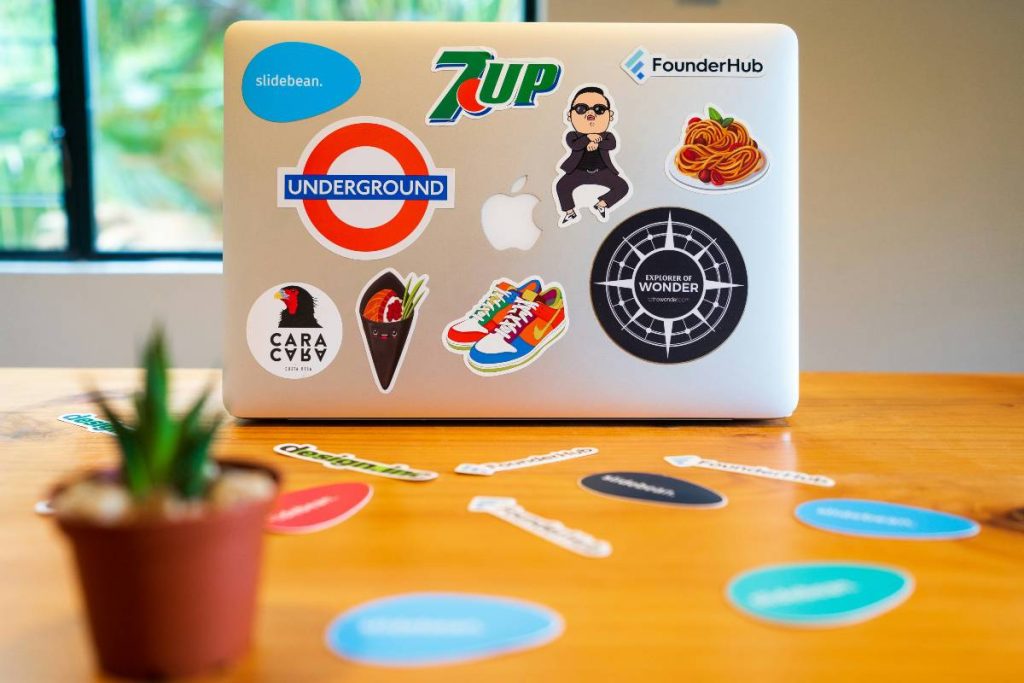The modern internet is a street market of attention where everything sparkles but little sticks. The products that earn their place on our home screens all share the same quiet superpower: they make every step feel obvious and every outcome feel worthwhile.
I’ve seen journaling apps, learning tools, and even gaming platforms take this path, including soft2bet approaches to retention that focus less on hijacking attention and more on guiding it. When something respects your time, you repay it with more of your time. That’s the simple, human equation most teams forget.
I was thinking about this after reading how soft2bet frames retention as a design promise rather than a carnival trick. The philosophy is straightforward: keep people inside a well-lit flow where each next step is sensible, rewarding, and low effort. You don’t need to chain users to your product when the path itself is compelling.
Why Flow Beats Hook
Hooks get attention; flow sustains it. Hooks are what you notice on the first login—big banners, flashy animations, urgent prompts. Flow is what you appreciate on the fiftieth—muscle-memory paths, clean copy, consistent outcomes. The difference shows up in how calm you feel while using the product.
If you’re constantly second-guessing a button or wondering where the last task went, you’re paying a cognitive tax. The best experiences choreograph your intent: they preload the likely path, prefill the obvious fields, and place the next action exactly where your thumb expects it.
Good flow feels transparent. You don’t celebrate it because nothing “happened.” But that quiet is what keeps you around. It frees your brain to focus on meaning, not mechanics, and turns a digital task into a small pocket of competence.
Friction Is The Hidden Tax
Friction isn’t just slow load times. It’s unclear feedback, awkward timing, and the eerie sense that your inputs went nowhere. Kill that uncertainty and attention expands naturally. This isn’t about dumbing things down; it’s about removing avoidable obstacles that stand between a person and their goal.
Here are three tiny patterns that make a huge difference:
- Crisp feedback at every step. A subtle haptic tap, a micro-animation on success, and short, humane microcopy tell me I’m not lost.
- Predictable controls. Rearranging menus to look “fresh” breaks habits. Familiarity breeds speed, and speed breeds trust.
- Thoughtful defaults. Preselect the most common options. Let me change them easily. Assume I want to finish, not explore the settings maze.
When a product is de-fogged, you don’t need to beg for time. People stay because it’s easier to finish inside than to abandon and try again elsewhere.
Personalization Without Surveillance
Users want relevance but dislike feeling watched. The sweet spot is personalization that is transparent, adjustable, and obviously useful. The goal is to make the experience feel like hospitality, not tracking.
- Tell me the why. If you’re recommending content or features, say what signal you used. “Because you finished X yesterday” is enough.
- Offer dials, not one switch. Give me granular control: more recommendations or fewer, deeper guidance or lighter touch.
- Store value close to the user. Cache preferences locally when possible and be explicit about what syncs to the cloud.
The best personalization reduces choices without shrinking agency. It removes noise so I can reach the moment I actually care about—completing a task, learning a skill, enjoying a session—faster.
From Gamification To Growth
Gamification can be fireworks on a slow app or it can be a compass. The difference is whether your points map to progress that matters. People don’t return for badges; they return for momentum.
Consider these principles:
- Make progress legible. Replace vague levels with clear paths and named milestones that mean something in the real world.
- Reward consistency over compulsion. Streaks should be humane, with reasonable forgiveness. The message is “welcome back,” not “shame on you.”
- Close the loop with utility. When I reach a certain goal, I want to open something useful, like smarter filters, more modes, or deeper insights, not just confetti.
When success is linked to a reason for doing something, motivation goes up on its own. Do not yell. The system quietly invites people to keep going because the next step is valuable, not because it’s loud.
Trust Is The Ultimate Feature
Trust doesn’t trend on social feeds, but it silently drives retention. It’s the sum of dozens of small, boring promises kept: no surprise charges, clear search that finds what it should, stable performance on old devices, respectful notifications that don’t multiply at night.
Add humane boundaries—scheduled quiet hours by default, simple controls to pause prompts, honest estimates of time-to-complete—and people stop guarding themselves against your product. They let it in.
There’s also an emotional layer to trust. Tools that align with a person’s rhythms feel like partners, not pipelines. Maybe that’s a weekly rhythm of deep work, a daily burst of movement, or a weekend check-in that closes open loops. When a product meets you there, you experience a relief that can’t be faked. It’s not addicting – you can count on it.
I keep coming back to the same paradox: the more an app tries to grab me, the faster I get away. But the longer it helps me do something important with less trouble and more focus, the longer I stay—happy, not grumpily. You can get someone’s attention for a short time, but you have to earn their loyalty over time.
Design for the latter. Build experiences that accompany rather than ambush. If you do, you won’t need gimmicks. You’ll have flow, and flow is what people return to again and again.





